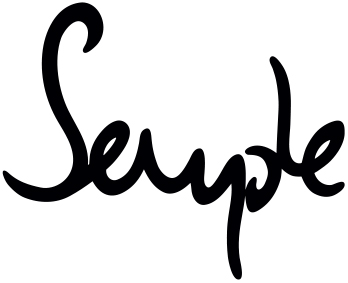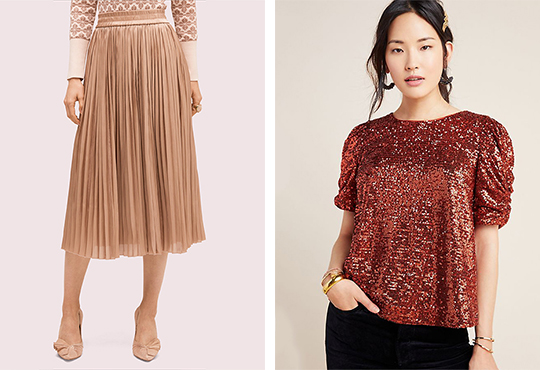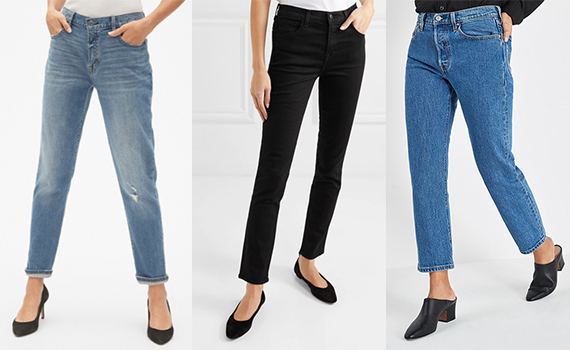Released today in cinemas nationwide, is the much anticipated on-screen adaption of the West End favourite “Les Miserables”. The world’s longest running musical has been seen by over 60 million theatre-goers and is now expected to smash the box office as fans flock to see how well award-winning director Tom Hooper, best known for “The King’s Speech”, has transformed the heart-wrenching tale for the big screen.
The star studded cast, which includes Russell Crowe, Anne Hathaway, Hugh Jackman, Amanda Seyfried and Eddie Redmayne, all sang live whilst filming the movie. Opting not to merely let the actors lip sync to pre-recorded tracks, Hooper ensured all tracks were sung and acted simultaneously to allow for a more genuine, powerful effect in the finished cinematic experience. In the United States, the film grossed over 30 million dollars in just two days, silencing any remaining scepticism regarding whether or not it was possible to successfully bring such a dominant theatrical production to cinema audiences.
Originally based upon Victor Hugo’s classic novel, the story of “Les Miserables” is set in 19th century post-revolution France, at the time of the June Rebellion, a violent, yet unsuccessful, uprising against the monarchy. Women’s fashion remained dominated by voluminous crinoline skirts and corsetry, which were extremely lavish for the higher classes. The contrast between rich and poor was striking, as seen in the film through costume designer Paco Delgado’s creations, in particular within emotional scenes whereby Anne Hathaway’s character Fantine, falls from grace, resorting to prostitution and selling her long locks of hair in desperation to find money for her daughter.
Despite the vast changes in style that have occurred between then and the present day, it is interesting that the demand for hair, for use in wigs and hair extensions alike, is no recent phenomenon. Having originated from the ancient Egyptians, the use of hair enhancements became prevalent in the 1800’s, with quality and quantity being reserved for those higher in society who could afford to pay to keep up with the ever-changing trends in both fashion and beauty.
Another of the most infamous scenes within “Les Miserables” is the gripping battle which features the well known song “The Final Battle”, which you will recognise from the trailers that have been storming our screens throughout the build up to the release of the film. Notice the costumes whilst caught up with the fighting and you will spy fringing, classic tailoring, military buttons, and other stylistic features which often reappear within modern apparel, particularly when cyclic trends such as military themes grace our runways. Similarly, the use of velvet and tweed nod to the frequent demand for heritage inspired looks.
Despite not obviously being a fashion film, “Les Miserables” is certainly highly visually appealing with charming recreations of period clothing. With great success imminent, it would come of little surprise if the most recent adaption of this emotional tale sparks a wave of other musicals being brought to our screens. Equally, it can only be hoped that “Les Miserables” will attract a new audience who may not have had the pleasure of seeing a phenomenal stage production, this drawing more patrons to our theatres. Reviving one of our most beloved pastimes, as opposed to eradicating the desire to visit the likes of the West End in favour of just waiting for the DVD, would be a change as well received as I’m sure this new motion picture will be.
By Sophie Seymour



